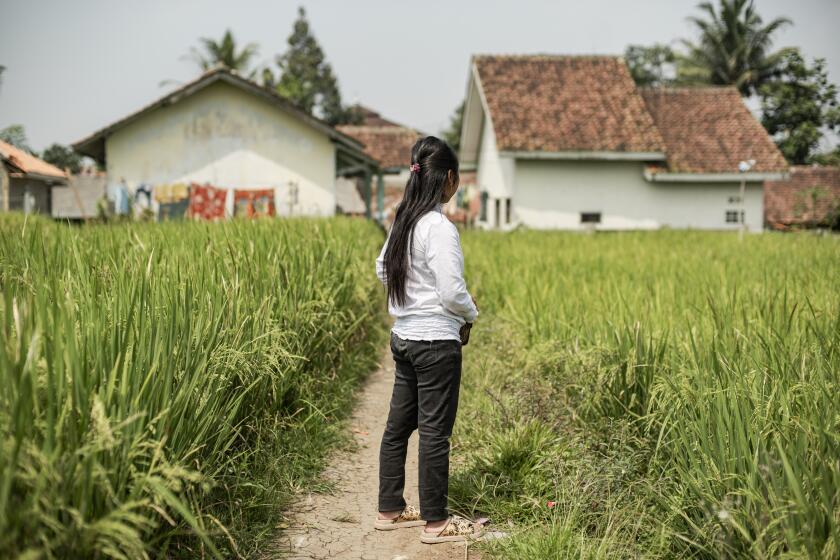Aviator served as test pilot with WASPs during WWII
Betty Jane Williams, who joined the Women Airforce Service Pilots, an elite group that flew noncombat missions during World War II, and served as a test pilot in Texas, has died. She was 89.
Williams, of Woodland Hills, died Monday at Providence Tarzana Medical Center of complications related to a stroke, her family said.
The war effort âneeded everybody,â Williams, a retired lieutenant colonel, told The Times in 1996. âAn airplane doesnât respond to sex. It only responds to skill, and I was bitten by the aviation bug.â
Six months before the attack on Pearl Harbor, Williams earned her pilotâs license in a civilian training program. With the advent of the war, the government grounded general aviation flying on both coasts, and she became a flight attendant with a Canadian airline, Williams later recalled.
When the airlines established instrument flight-training schools, Williams got pilot training at the University of Vermont, then taught Navy and civilian pilots instrument flight techniques.
In January 1944, she returned to the cockpit with the Women Airforce Service Pilots, or WASPs, and flew âwrecked planes that had been repaired to make sure they were airworthy,â Williams told The Times in January.
About 25,000 women applied for the program, but only 1,830 were accepted. She was one of 1,074 women who successfully completed the flight training in Sweetwater, Texas, as part of the WASP program, established during the war to cope with the domestic shortage of military pilots.
At first, the women were restricted to flying in daylight in small aircraft but gradually took on more dangerous roles.
âWhen youâre a pioneer,â Williams said in 1996 in The Times, âYou donât want to be called a sissy.â
Born in 1919 in rural Kingston, Penn., Williams was the middle of three children and grew up wanting to fly.
âGirls just didnât do those kinds of things,â Williams said in 1997 in the Los Angeles Daily News. âBut the 1940s had arrived, and so had war. That changed everything.â
As a WASP pilot, she was stationed at what is now Randolph Air Force Base near San Antonio. The women wore uniforms and piloted 78 types of military aircraft -- yet when the program disbanded in December 1944 they were denied military benefits and treated as civilians.
âWe just thought we did an extraordinary job,â Williams told The Times in 1993. âBut to be booted out . . . it was a terrible injustice.â
In 1977, the women were recognized for completing military service and allowed to apply for veterans benefits.
After the war, Williams became a commercial pilot, flight instructor and head of instrument ground school for New York airports in the late 1940s.
She also produced and hosted an early TV program in 1946 about aviation that aired on CBS and NBC.
During the Korean War, she served in the Air Force as a writer-producer for a video production squadron.
In California, she worked for North American Aviation and spent 20 years at Lockheed Aircraft as a technical writer and in-house filmmaker.
A founding organizer of the postwar WASP national organization, Williams served in several leadership roles and remained active in the group.
In January, she helped launch a planned aviation and aerospace library at James Monroe High School in North Hills by donating hundreds of her flight-related books, photographs and paintings to the campus.
Services were being planned.
--
More to Read
Sign up for Essential California
The most important California stories and recommendations in your inbox every morning.
You may occasionally receive promotional content from the Los Angeles Times.











